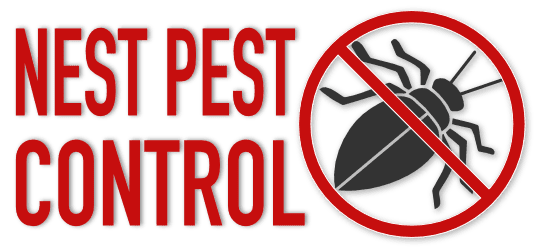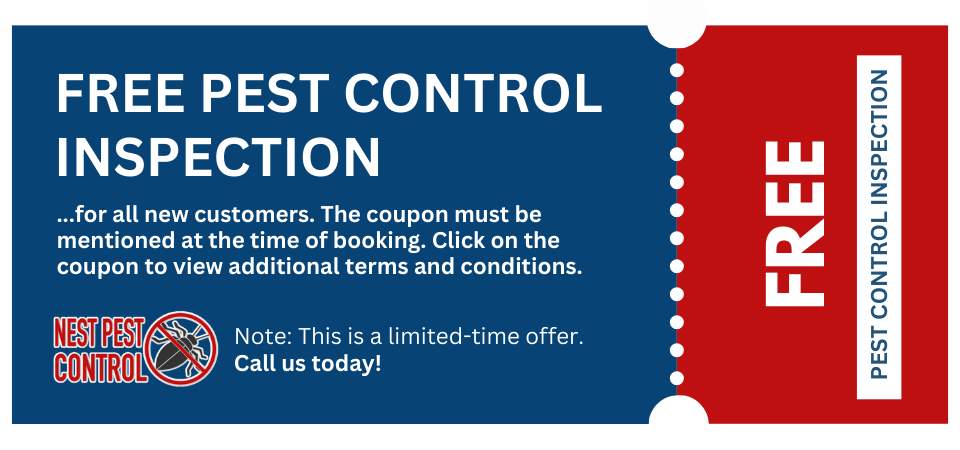Trash enclosures and dumpsters are hotspots for nuisance wildlife in the Washington Metropolitan area. Whether you manage a commercial property or a residential complex, improper waste containment can quickly attract pests, create sanitation hazards, and lead to recurring infestations. At Nest Pest Control, we provide humane and effective wildlife control solutions designed specifically for trash areas, loading zones, and dumpster enclosures. With over 50 years of industry experience, we combine science-backed strategies with eco-friendly practices to keep your waste zones clean, compliant, and pest-free.
Protect your Washington Metropolitan property from trash area infestations.
Contact Nest Pest Control today for expert wildlife control tailored to dumpsters and waste zones.
Common Nuisance Animals that Damage Trash Areas & Front-Loader Bins
Rodents (Rats & Mice)
Rodents thrive in waste zones where food scraps and shelter are readily available.
- Chew through plastic and cardboard waste, scattering trash
- Contaminate trash areas with urine and droppings, spreading disease
- Nest inside dumpsters, leading to persistent infestations
Squirrels
Often overlooked, squirrels contribute to serious messes in uncontained trash areas.
- Tear open trash bags in search of food, creating litter
- Nest in overflowing dumpsters, contributing to infestations
- Scatter debris and food scraps, attracting more pests
Raccoons
Highly intelligent and dexterous, raccoons are known to wreak havoc around garbage.
- Knock over trash cans and dumpsters while searching for food
- Tear open garbage bags, creating sanitation issues
- Spread bacteria and parasites through contaminated waste
Bats
While they don’t often dig through trash, bats create serious health hazards near waste sites.
- Roost in nearby trash enclosures, leaving hazardous guano
- Drop food remnants while scavenging, attracting other pests
- Spread airborne diseases in poorly maintained waste areas
Opossums
These nocturnal foragers can create extensive messes around garbage zones.
- Dig through trash, scattering waste and attracting other pests
- Knock over bins and enter dumpsters, leading to messy conditions
- Carry fleas and ticks that can spread in trash storage areas
Skunks
Skunks bring both odor and destruction to dumpster sites.
- Spray when startled near trash areas, leaving strong odors
- Knock over garbage bins while foraging for food scraps
- Tear open bags, increasing litter and contamination risks
Snakes
Snakes are drawn to the rodents that infest trash areas, creating a hidden danger.
- Hide in trash piles and dumpsters, startling workers and residents
- Attract rodents, leading to secondary infestations
- Shed skins in waste areas, signaling their presence





